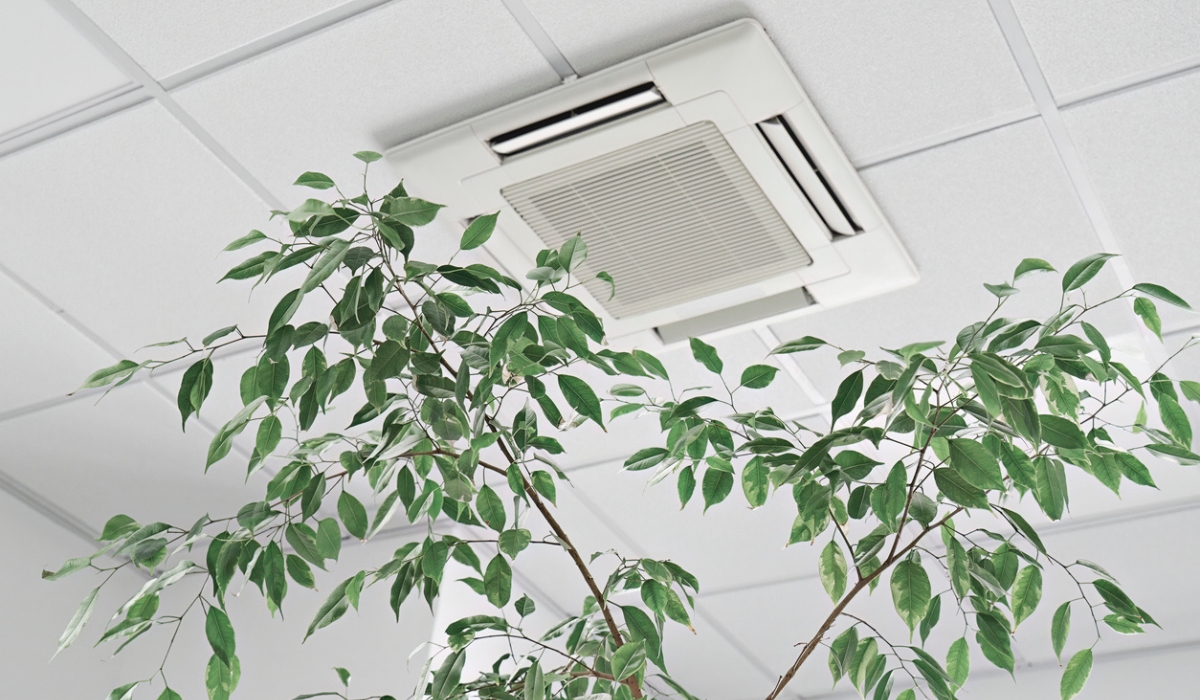Introduction TO Door hinge for orange sort of
Door hinge for orange sort of are an essential part of any door setup, allowing for smooth opening and closing. While they may seem like a simple hardware piece, there’s a lot to know about door hinges, especially when it comes to specialized types like the “orange sort.” In this comprehensive guide, we’ll delve into everything you need to know about door hinges, focusing on the unique characteristics and applications of the orange sort. Whether you’re a DIY enthusiast, a homeowner, or a professional, this guide will provide valuable insights into choosing, installing, and maintaining door hinges.
What Are Door Hinges?
Door hinges are mechanical bearings that connect two solid objects, typically allowing limited rotational movement between them. In the case of doors, hinges are used to attach the door to its frame, enabling it to open and close smoothly.
Types of Door Hinges
There are various types of door hinges, each designed for specific applications:
- Butt Hinges: Commonly used for doors, these hinges are typically mortised into both the door and the frame.
- Continuous Hinges: Also known as piano hinges, these run the entire length of the door and are used for heavy or frequently used doors.
- Spring Hinges: These hinges have a built-in spring mechanism that automatically closes the door.
- Pivot Hinges: Used for doors that need to pivot from a point on the floor and ceiling rather than the side.
- Concealed Hinges: Also known as European hinges, these are hidden from view when the door is closed.
Importance of Choosing the Right Hinge
Choosing the right hinge is crucial for the proper functioning and longevity of your doors. The right hinge can:
- Ensure smooth operation
- Support the weight of the door
- Match the aesthetic of the space
- Provide the necessary security and durability
Introducing the Orange Sort of Door Hinge
The “orange sort” of door hinge is a term that refers to a specific type or brand of hinge that has distinctive features or color. This term is not widely recognized in standard hardware terminology, suggesting it might be a specialized or branded type of hinge. For the sake of this guide, we’ll assume that the orange sort refers to a high-quality, durable, and visually distinctive hinge that stands out in both function and appearance.
Characteristics of Orange Sort Hinges
- Color: As the name suggests, these hinges are often orange, making them easy to identify and adding a unique visual element.
- Material: Typically made from high-quality materials such as stainless steel or brass, ensuring durability and resistance to corrosion.
- Design: Designed for both functionality and aesthetics, often featuring unique patterns or finishes.
- Load Capacity: Engineered to support heavy doors, making them suitable for both residential and commercial use.
- Ease of Installation: Usually comes with comprehensive installation instructions and all necessary hardware.
Applications of Orange Sort Hinges
- Residential Doors: Ideal for homes looking to add a touch of uniqueness and color.
- Commercial Spaces: Suitable for businesses that want durable and distinctive hinges for high-traffic areas.
- Special Projects: Perfect for custom furniture or doors where standard hinges may not provide the desired aesthetic or function.
How to Choose the Right Orange Sort Hinge
Choosing the right hinge involves considering several factors to ensure it meets your specific needs:
Door Type and Weight
- Interior vs. Exterior Doors: Exterior doors require hinges that can withstand weather conditions, while interior doors need hinges that blend with the décor.
- Door Weight: Heavier doors require hinges with higher load capacities. Check the manufacturer’s specifications to ensure the hinge can support your door’s weight.
Material and Finish
- Material: Choose materials that offer durability and resistance to wear. Stainless steel, brass, and bronze are popular choices.
- Finish: The finish should match or complement the other hardware and décor in the space. Common finishes include polished, satin, and antique.
Size and Dimensions
- Hinge Size: The size of the hinge should be proportionate to the size of the door. Larger doors need larger hinges for adequate support.
- Thickness: Ensure the hinge thickness matches the door’s thickness to prevent sagging or improper alignment.
Functionality
- Type of Hinge: Depending on the door’s use, choose the appropriate hinge type (e.g., spring hinges for automatic closing, pivot hinges for unique door movements).
- Special Features: Look for features like self-lubricating bearings, adjustable tension, or non-removable pins for added security.
Installation Guide for Orange Sort Hinges
Proper installation is key to ensuring the hinge functions correctly and lasts long. Follow these steps for a successful installation:
Tools and Materials Needed
- Orange sort hinges
- Screws (usually included with hinges)
- Screwdriver or drill
- Measuring tape
- Pencil
- Chisel
- Hammer
- Level
Step-by-Step Installation Process
- Mark the Hinge Placement:
- Measure and mark the hinge positions on the door and frame. Typically, hinges are placed 5 inches from the top and bottom of the door, with an additional hinge in the center for taller doors.
- Mortise the Hinge:
- Use a chisel and hammer to create a mortise (a shallow recess) in the door and frame where the hinge will sit. This ensures the hinge sits flush with the surface.
- Attach the Hinge to the Door:
- Place the hinge in the mortise on the door and mark the screw holes with a pencil. Pre-drill the holes to prevent splitting the wood, then attach the hinge using screws.
- Attach the Hinge to the Frame:
- Align the door with the frame and mark the screw holes for the hinge on the frame. Pre-drill the holes and attach the hinge with screws.
- Check Alignment:
- Use a level to ensure the door is straight and properly aligned. Adjust the hinge screws if necessary to achieve perfect alignment.
- Test the Door:
- Open and close the door several times to ensure it operates smoothly without any sticking or binding.
Tips for a Successful Installation
- Pre-Drill Holes: Always pre-drill screw holes to prevent wood from splitting and to ensure precise screw placement.
- Use a Level: Regularly check alignment with a level during installation to avoid crooked or misaligned doors.
- Secure Screws Tightly: Ensure all screws are securely fastened to prevent the hinge from loosening over time.
Maintenance and Care for Orange Sort Hinges
Proper maintenance can extend the life of your hinges and keep them operating smoothly. Here are some tips for maintaining your orange sort hinges:
Regular Cleaning
- Wipe Down: Regularly wipe the hinges with a soft cloth to remove dust and dirt.
- Mild Cleaner: Use a mild cleaner if needed, but avoid harsh chemicals that could damage the hinge finish.
Lubrication
- Lubricate Hinges: Apply a small amount of lubricant, such as silicone spray or oil, to the hinge pins and moving parts. This helps reduce friction and prevents squeaking.
- Avoid Over-Lubrication: Too much lubricant can attract dust and dirt, leading to buildup and potential damage.
Inspection and Tightening
- Regular Inspections: Periodically check the hinges for any signs of wear, rust, or damage.
- Tighten Screws: Ensure all screws are tight and secure. Loose screws can cause the door to sag or misalign.
Troubleshooting Common Hinge Problems
Even with proper maintenance, you may encounter some common issues with door hinges. Here’s how to troubleshoot and fix them:
Squeaking Hinges
- Lubricate: Apply lubricant to the hinge pin and moving parts.
- Remove and Clean: If squeaking persists, remove the hinge pin, clean it, and apply lubricant before reinserting it.
Door Sagging
- Tighten Screws: Check and tighten all hinge screws.
- Replace Worn Hinges: If the hinges are worn out, replace them with new ones.
- Add Shims: Place shims behind the hinges to realign the door.
Sticking Door
- Check Alignment: Ensure the door is properly aligned with the frame.
- Adjust Hinges: Loosen the hinge screws slightly and adjust the door position, then retighten the screws.
- Sand Edges: If the door is still sticking, sand the edges slightly to create more clearance.
Enhancing Aesthetic Appeal with Orange Sort Hinges
Orange sort hinges not only provide functionality but can also enhance the aesthetic appeal of your doors and overall décor. Here’s how to make the most of their unique look:
Matching Hardware
- Coordinate with Handles and Knobs: Choose door handles, knobs, and other hardware that complement the orange hinges.
- Consistent Theme: Ensure a consistent color and style theme throughout the space for a cohesive look.
Highlighting the Hinges
- Contrast with Door Color: Use door colors that contrast with the orange hinges to make them stand out as a design element.
- Decorative Elements: Consider adding decorative elements like trim or molding that draw attention to the hinges.
Custom Projects
- Furniture: Use orange sort hinges on custom furniture pieces like cabinets or chests for a unique touch.
- Accent Doors: Install orange hinges on accent doors (e.g., pantry doors, closet doors) to create a focal point in the room.
YOU MAY ALSO LIKE; Exploring jablw.rv: The Ultimate Guide to Understanding and Utilizing This Emerging Trend
Conclusion
Choosing the right door hinge, especially a distinctive type like the orange sort, can significantly enhance both the functionality and aesthetic appeal of your doors. By understanding the various types of door hinges, their specific applications, and the unique characteristics of orange sort hinges, you can make an informed decision that suits your needs. Proper installation and regular maintenance will ensure that your hinges perform well and last long. Whether you’re looking to add a touch of color to your home, enhance the durability of your doors, or complete a custom project, orange sort hinges offer a blend of style and strength that can meet your requirements. With the information provided in this guide, you are well-equipped to choose, install, and maintain your door hinges for optimal performance and visual appeal.
FAQS
Frequently Asked Questions (FAQs) About Door Hinges: Orange Sort and More
1. What is the “orange sort” of door hinge?
The “orange sort” of door hinge refers to a specific type or brand of hinge that is distinctive due to its orange color or unique features. These hinges are often made from high-quality materials such as stainless steel or brass, providing durability and a unique visual appeal. They are suitable for both residential and commercial applications, offering functionality and an aesthetic touch.
2. How do I choose the right hinge for my door?
Choosing the right hinge involves considering several factors:
- Door Type and Weight: Ensure the hinge can support the door’s weight and is suitable for either interior or exterior use.
- Material and Finish: Select durable materials like stainless steel or brass, and choose a finish that matches your décor.
- Size and Dimensions: The hinge size should be proportionate to the door size. Ensure the thickness of the hinge matches the door’s thickness.
- Functionality: Choose the appropriate hinge type (e.g., butt, spring, pivot) based on the door’s use and required features.
3. How do I install orange sort hinges?
To install orange sort hinges, follow these steps:
- Mark Hinge Placement: Measure and mark the hinge positions on the door and frame.
- Mortise the Hinge: Create a recess for the hinge to sit flush with the surface using a chisel and hammer.
- Attach Hinge to Door: Pre-drill holes and secure the hinge to the door with screws.
- Attach Hinge to Frame: Align the door with the frame, mark the screw holes, pre-drill, and attach the hinge.
- Check Alignment: Use a level to ensure the door is straight and properly aligned.
- Test the Door: Open and close the door to ensure smooth operation.
4. How do I maintain and care for my door hinges?
Proper maintenance of door hinges includes:
- Regular Cleaning: Wipe hinges with a soft cloth to remove dust and dirt. Use a mild cleaner if necessary.
- Lubrication: Apply a small amount of lubricant to the hinge pins and moving parts to reduce friction and prevent squeaking.
- Inspection and Tightening: Periodically check for signs of wear, rust, or damage. Tighten any loose screws to prevent sagging or misalignment.
5. What should I do if my door hinges are squeaking or the door is sagging?
If your door hinges are squeaking or the door is sagging, try the following solutions:
- Squeaking Hinges: Apply lubricant to the hinge pins and moving parts. If squeaking persists, remove the hinge pin, clean it, and reapply lubricant.
- Sagging Door: Tighten all hinge screws. If the hinges are worn out, replace them. You can also add shims behind the hinges to realign the door.
- Sticking Door: Check alignment and adjust hinges as needed. Sand the edges of the door slightly to create more clearance if necessary.










